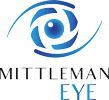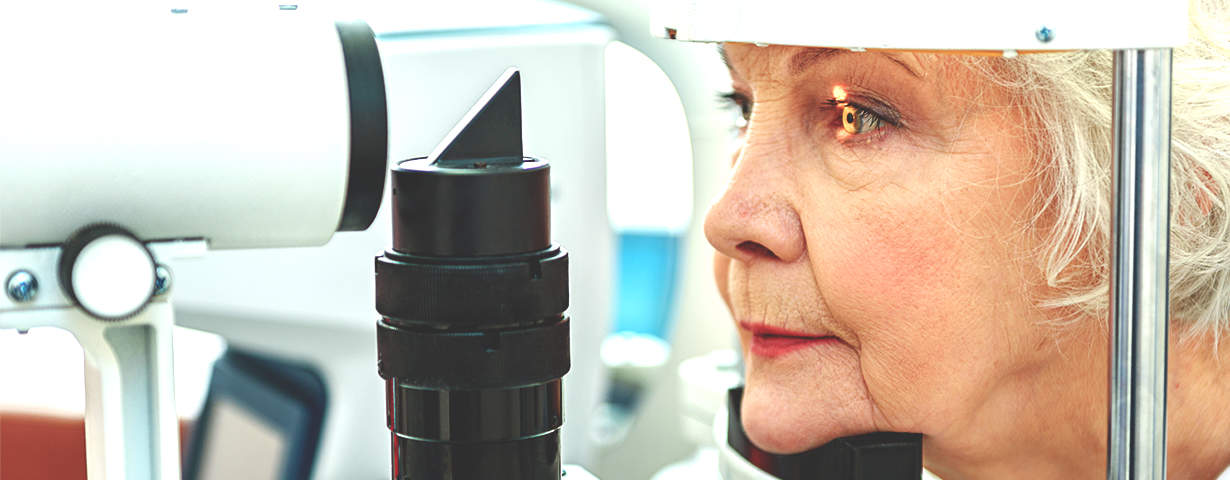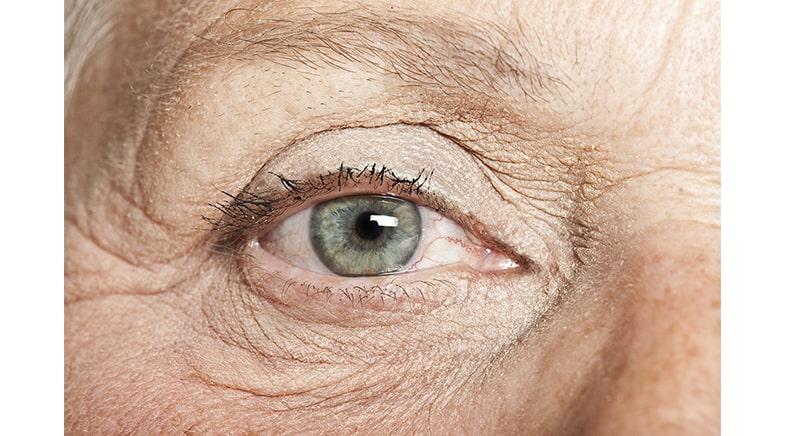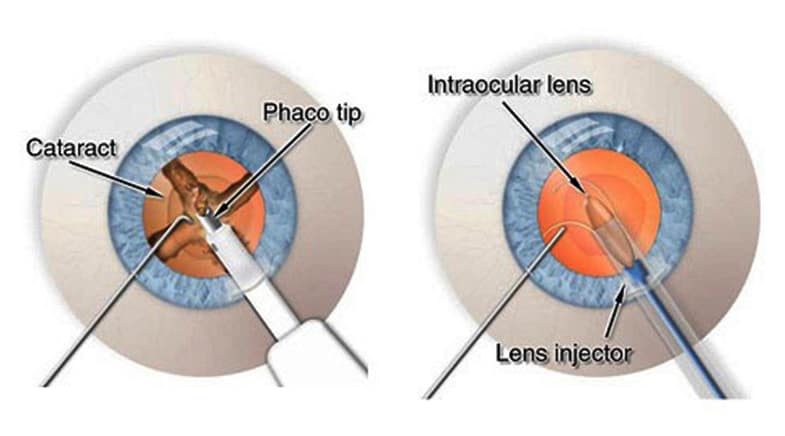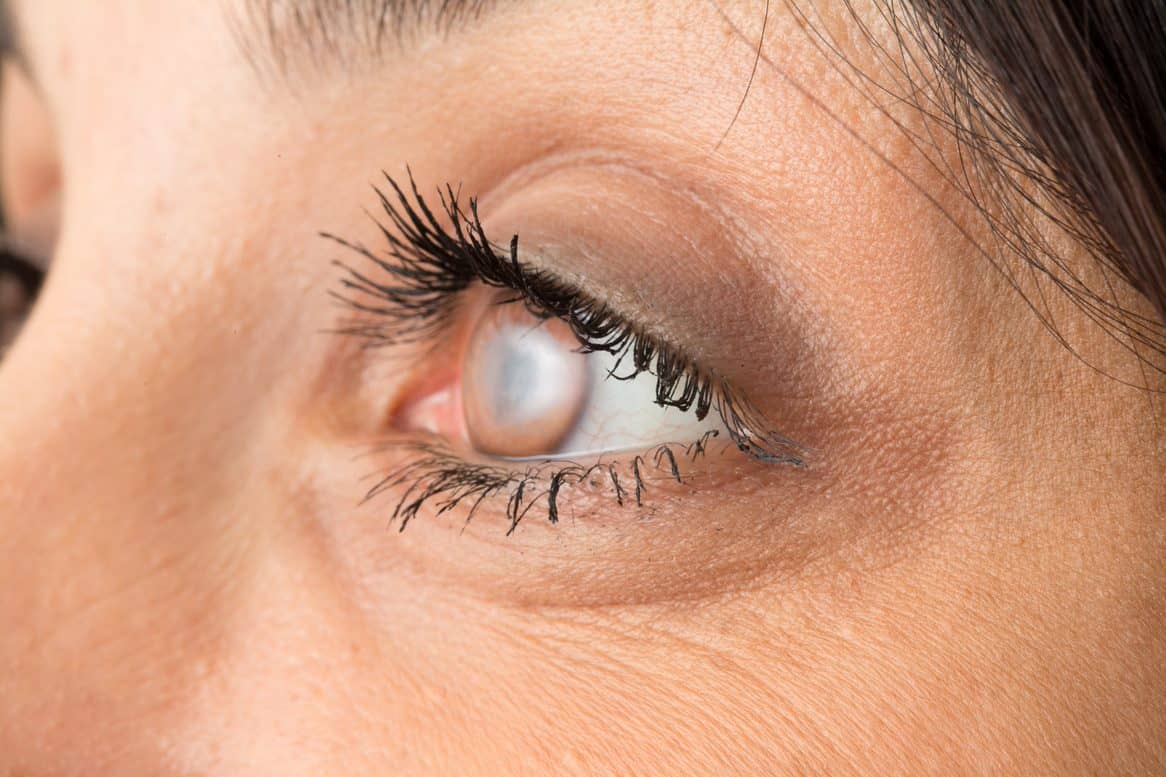Long-Term Physical Activity and Risk of Age-Related Cataract
A Population-Based Prospective Study of Male and Female Cohorts
Objective
To examine the association of total and specific types of physical activity, including walking or bicycling, exercising, work or occupational activity, home or housework, and leisure time inactivity with the risk of age-related cataract in women and men.
Design
Population-based prospective cohort study.
Participants
A total of 52 660 participants (23 853 women and 28 807 men) 45 to 83 years of age from the Swedish Mammography Cohort and the Cohort of Swedish Men.
Methods
Physical activity was assessed using a self-administered questionnaire at baseline. Cataract diagnosis and extraction were identified through linkage to registers.
Main Outcome Measures
Incident age-related cataract diagnosis and cataract extraction.
Results
During a mean 12.1 years of follow-up (between January 1, 1998, and December 31, 2011; 634 631 person-years), 11 580 incident age-related cataract cases were identified. After adjusting for potential confounders, the highest quartile of total physical activity was statistically significantly associated with 13% decreased risk of cataract compared with the lowest (hazard ratio [HR], 0.87; 95% confidence interval [CI], 0.82–0.92). Walking or bicycling (>60 minutes/day vs. hardly ever; HR, 0.88; 95% CI, 0.82–0.95) and work or occupational activity (heavy manual labor vs. mostly sitting; HR, 0.84; 95% CI, 0.78–0.91) also were associated with decreased risk of cataract. Exercise training and home or housework were not associated with cataract risk. Leisure time inactivity was associated with increased risk of cataract (>6 vs. <1 hours/day; HR, 1.27; 95% CI, 1.07–1.50). The HR for high long-term total physical activity compared with low levels both at 30 years of age and at baseline was 0.76 (95% CI, 0.69–0.85).
Conclusions
Our findings indicate that high total physical activity, especially in the long term, and such specific types of physical activity as walking or bicycling and work or occupational activity, may be associated with decreased risk of age-related cataract. Conversely, high inactivity levels may be associated with increased risk of cataract.
Source/American Academy of Ophthalmology


